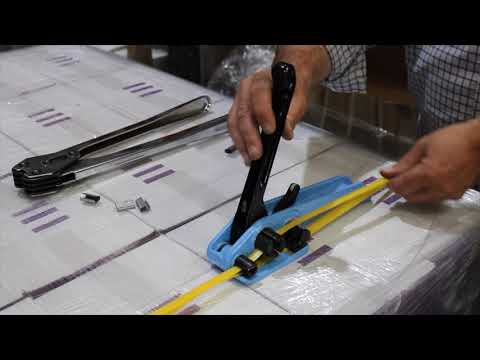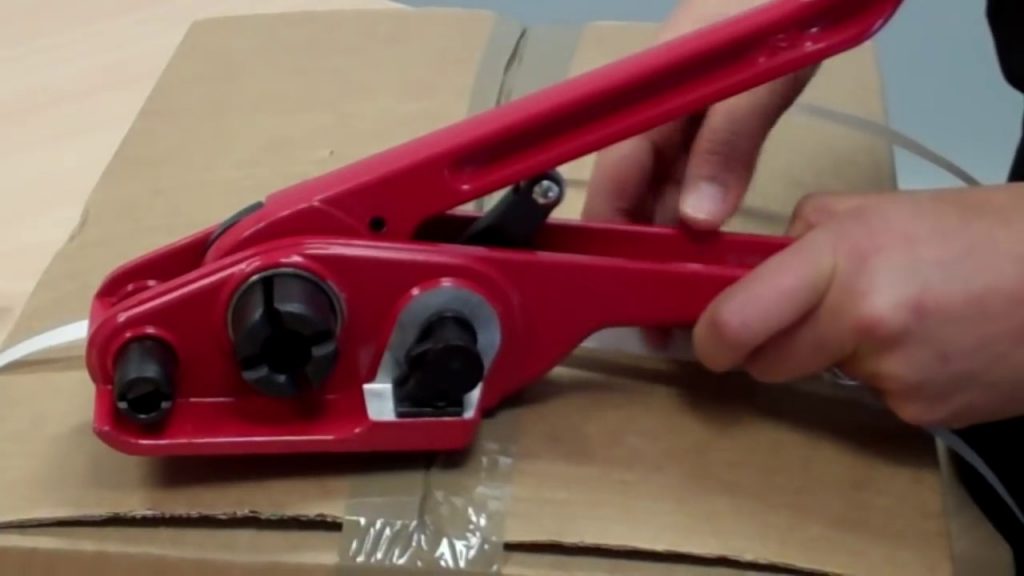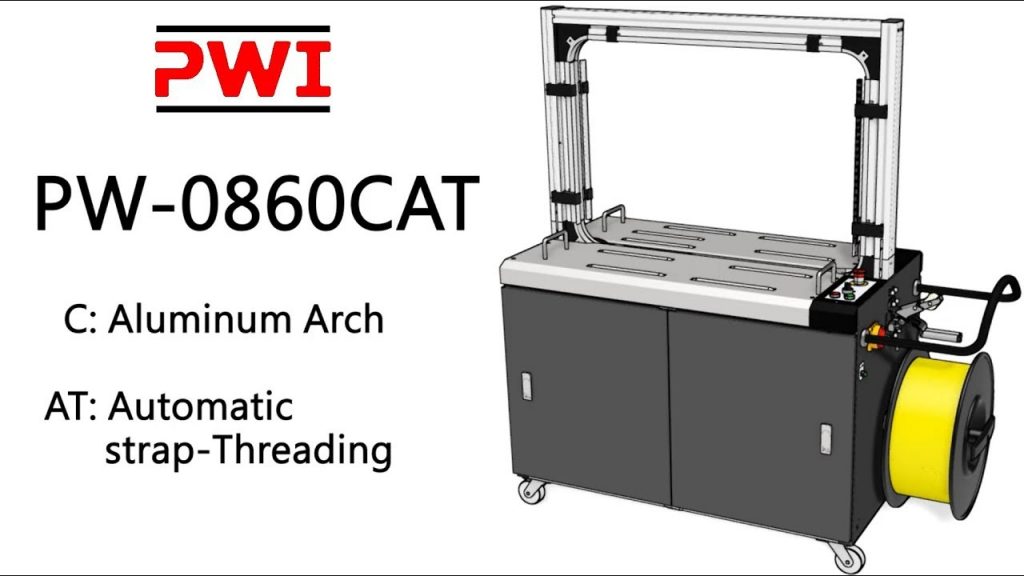Check out our website for more information on pallet strapping machines and how to strap a pallet with plastic strapping.”
Title: How to Strap a Pallet with Plastic Strapping: A Step-by-Step Guide
Introduction:
In this short video, Sales Director Chris Birch provides a practical demonstration on how to effectively strap a pallet using plastic strapping and a tensioner. Strapping pallets is an essential step in ensuring safe and secure transportation of goods. By following these simple steps, you can improve the efficiency and reliability of your packaging process. In this article, we will delve deeper into the use of pallet strapping machines and provide a comprehensive guide on how to strap a pallet with plastic strapping.
I. Understanding Pallet Strapping Machines:
Pallet strapping machines are valuable tools that automate the strapping process, enabling businesses to save time and effort. These machines come in various types and sizes, offering flexibility to accommodate different packaging needs. They are designed to securely fasten plastic strapping around pallets, providing stability and protection during transit. Depending on the specific requirements of your business, you can choose from semi-automatic or fully automatic pallet strapping machines.
II. Step-by-Step Guide on Strapping a Pallet with Plastic Strapping:
1. Prepare the materials: Gather the necessary equipment, including a pallet, plastic strapping, a tensioner, and a sealer. Ensure that the strapping is of the appropriate width and strength to handle the weight and dimensions of your pallet.
2. Position the pallet: Place the pallet in a suitable location, ensuring that it is stable and ready for strapping.
3. Start the strapping process: Begin by threading the plastic strapping through the pallet. Position the strapping at the bottom of the pallet, ensuring it is secured and ready for tensioning.
4. Tensioning the strapping: Utilize a tensioner tool to apply the desired tension to the plastic strapping. This ensures that the strapping is tightly secured around the pallet, providing stability during transportation.
5. Sealing the strapping: Once the desired tension is achieved, use a sealer tool to seal the plastic strapping. This creates a secure bond, preventing any loosening or unraveling of the strapping.
6. Repeat the process: Depending on the size and weight of your pallet, you may need to repeat the strapping process multiple times. Ensure that the strapping is evenly spaced and provides optimal support to the pallet.
III. Advantages of Using Pallet Strapping Machines:
1. Enhanced efficiency: Pallet strapping machines automate the strapping process, reducing the time and effort required for manual strapping. This allows businesses to streamline their packaging operations and increase productivity.
2. Improved safety: By securely strapping pallets with plastic strapping, the risk of goods shifting or falling during transit is significantly reduced. This minimizes the chances of product damage and ensures the safety of both the goods and personnel involved.
3. Cost-effective: Investing in pallet strapping machines eliminates the need for additional labor and reduces the consumption of plastic strapping. This leads to cost savings in the long run, making it a financially viable option for businesses.
IV. Conclusion:
Strapping pallets with plastic strapping is a crucial step in ensuring the safe and secure transportation of goods. By utilizing pallet strapping machines, businesses can streamline their packaging processes, enhance efficiency, and reduce the risk of damage during transit. With the step-by-step guide provided in this article, you can confidently strap pallets using plastic strapping, ensuring the optimal protection of your goods.
Check the coil packing solution with a leading manufacturer for professional solutions right here: [Insert Call-to-Action] Strapping Machines
“Efficiently Secure Pallets with Plastic Strapping and Strapping Machines: A Step-by-Step Guide”



